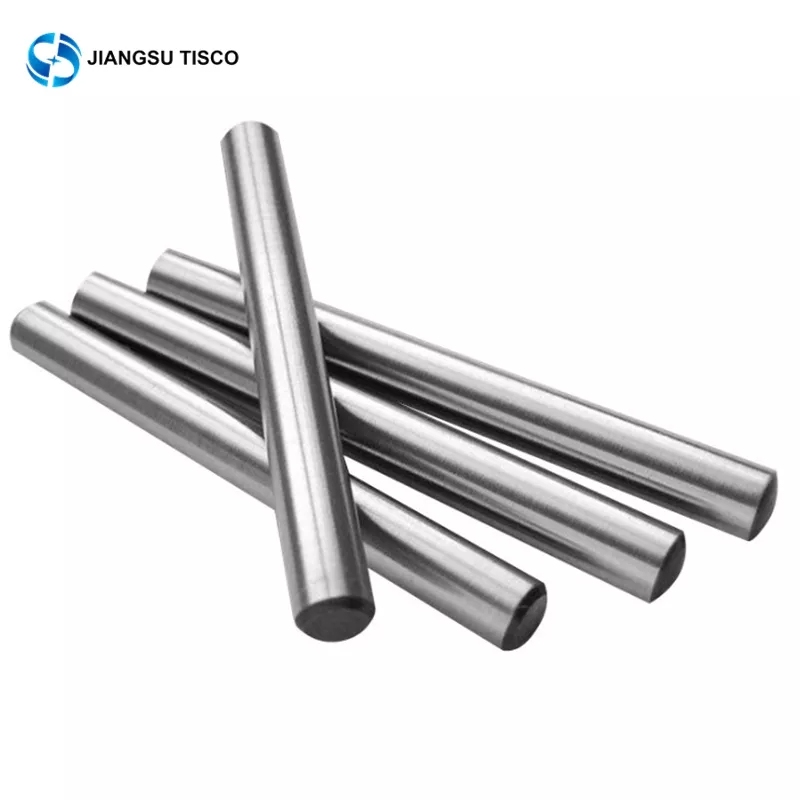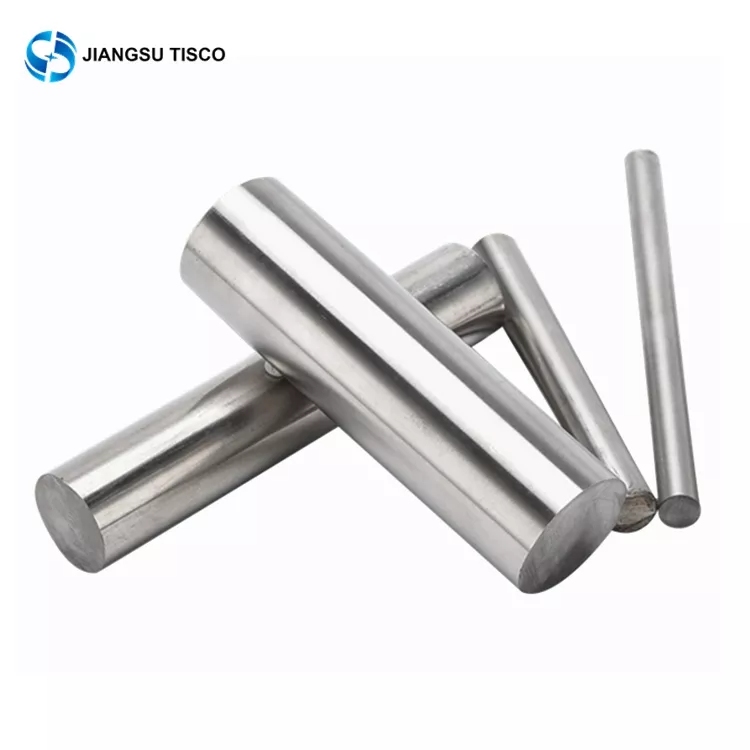Composition of titanium alloy
Titanium alloys can be divided into three categories according to the phase composition: α alloys, (α+β) alloys, and β alloys, which are represented by TA, TC, and TB, respectively. Alpha alloys contain a certain amount of stable alpha phase elements, which are mainly composed of alpha phases in equilibrium. Alpha alloy has a small specific gravity, good thermal strength, good weldability, and excellent corrosion resistance. Alpha alloys can usually be divided into full alpha alloys (TA7), near alpha alloys (Ti-8Al-1Mo-1V), and alpha alloys (Ti-2.5Cu) with a small number of compounds.
The (α+β) alloy contains a certain amount of stable α-phase and β-phase elements, and the microstructure of the alloy in the equilibrium state is α-phase and β-phase. (α+β) the alloy has medium strength and can be strengthened by heat treatment, but the welding performance is poor. (α+β) alloys are widely used, and the output of Ti-6Al-4V alloy accounts for more than half of all titanium materials. There are many types of titanium bars.
β alloys contain a large amount of stable β-phase elements, which can retain all high-temperature β-phases to room temperature. Beta alloys can usually be divided into heat-treatable beta alloys (metastable beta alloys and near metastable beta alloys) and thermally stable beta alloys. Heat-treatable β alloy has excellent plasticity in the quenched state, and the tensile strength can reach 130-140kgf/mm2 through aging treatment. Beta alloys are usually used as high-strength and high-toughness materials. The disadvantage is that the specific gravity is large, the cost is high, the welding performance is poor, and the cutting process is difficult. The above are the advantages and disadvantages of titanium bars with different compositions.

Manufacturing process of titanium bar
Manufacturing process of titanium bar: hot forging – hot rolling – turning (polishing) where TC4 contains titanium (Ti) remainder, iron (Fe) ≤ 0.30, carbon (C) ≤ 0.10, nitrogen (N) ≤ 0.05, hydrogen (H)≤0.015, oxygen (O)≤0.20, aluminum (Al) 5.5~6.8, vanadium (V) 3.5~4.5, the above is the manufacturing process of titanium bar. SHANDONG OK STEEL CO., LTD has various types of titanium bars for you to choose from. If you are interested in titanium bars, please feel free to contact us.
Titanium bar manufacturing technical requirements
1: The chemical composition of titanium and titanium bar shall comply with the provisions of GB/T 3620.1. When repeated tests are required, the allowable deviation of the chemical composition shall comply with the provisions of GB/T 3620.2. 2: The diameter or side length of the hot-worked titanium bar and its allowable deviation shall meet the requirements of Table 1. 3: After hot processing, the bar is turned (ground) and cold-rolled. The allowable deviation of the diameter of the cold-drawn bar should meet the requirements of Table 2. 4: The out-of-roundness of the bar that has been turned (ground) after hot processing should not be greater than half of its dimensional tolerance. 5: The indefinite length of the processed bar is 300-6000mm, the indefinite length of the annealed titanium bar is 300-2000mm, and the fixed or double length should be within the range of the indefinite length. The allowable deviation of the fixed length is +20mm; The length of the double ruler should also be included in the incision amount of the bar, and the amount of each incision is 5mm. The fixed length or the length of the double ruler should be indicated in the contract. The above is the titanium bar manufacturing technical requirements.

Post time: Aug-08-2022